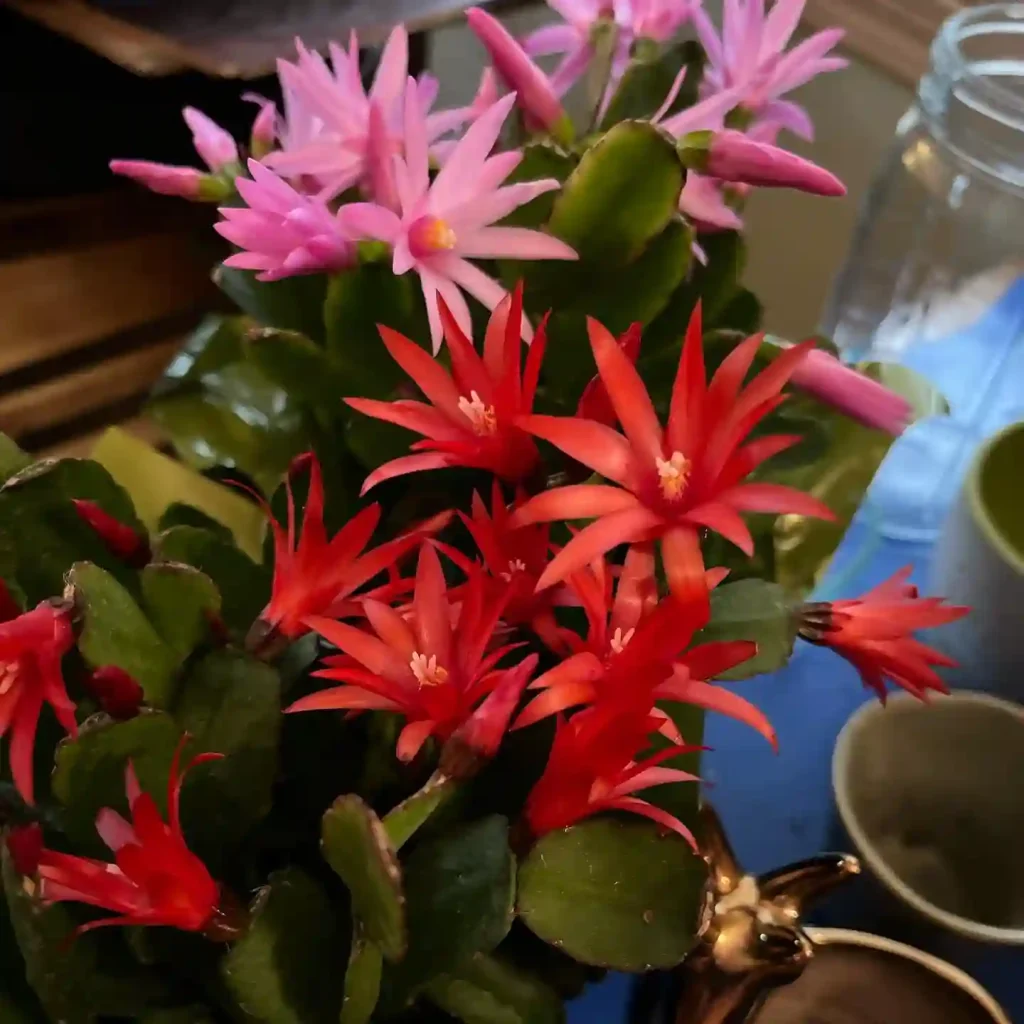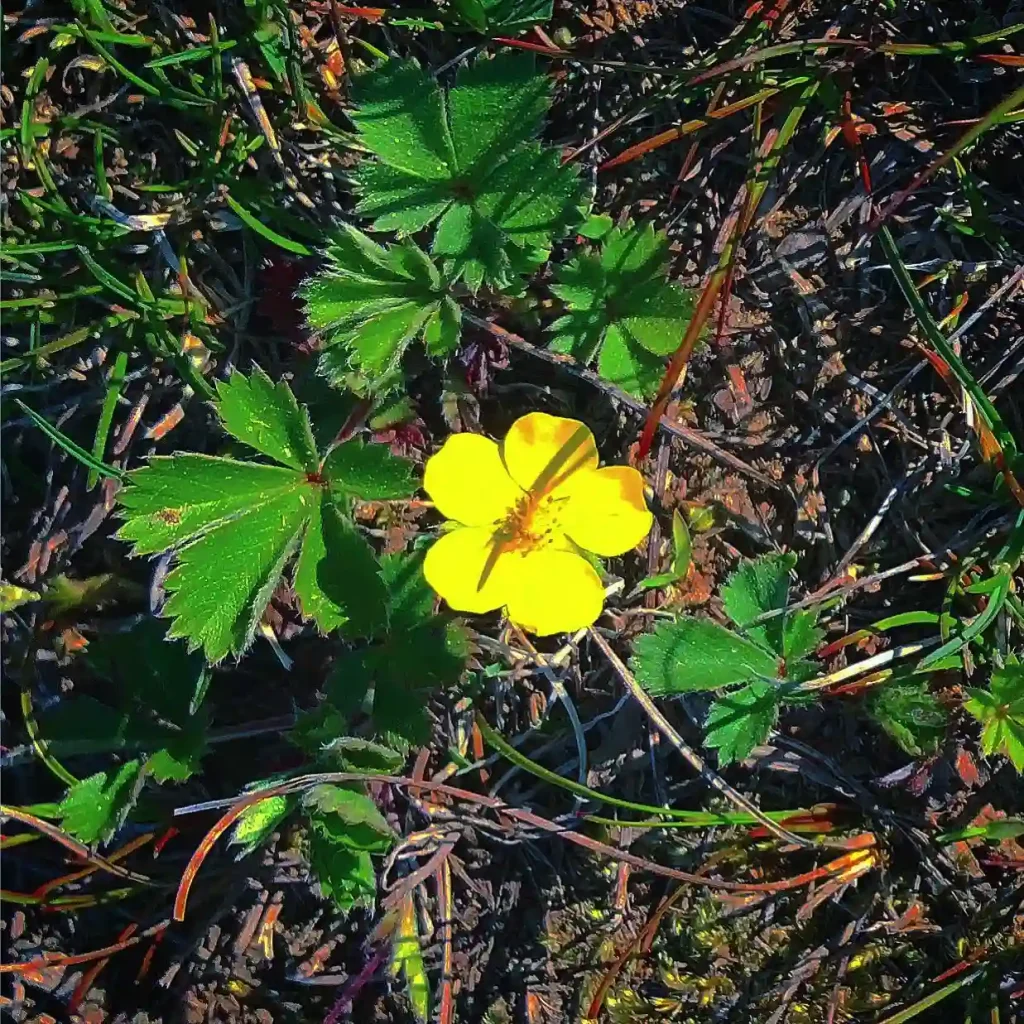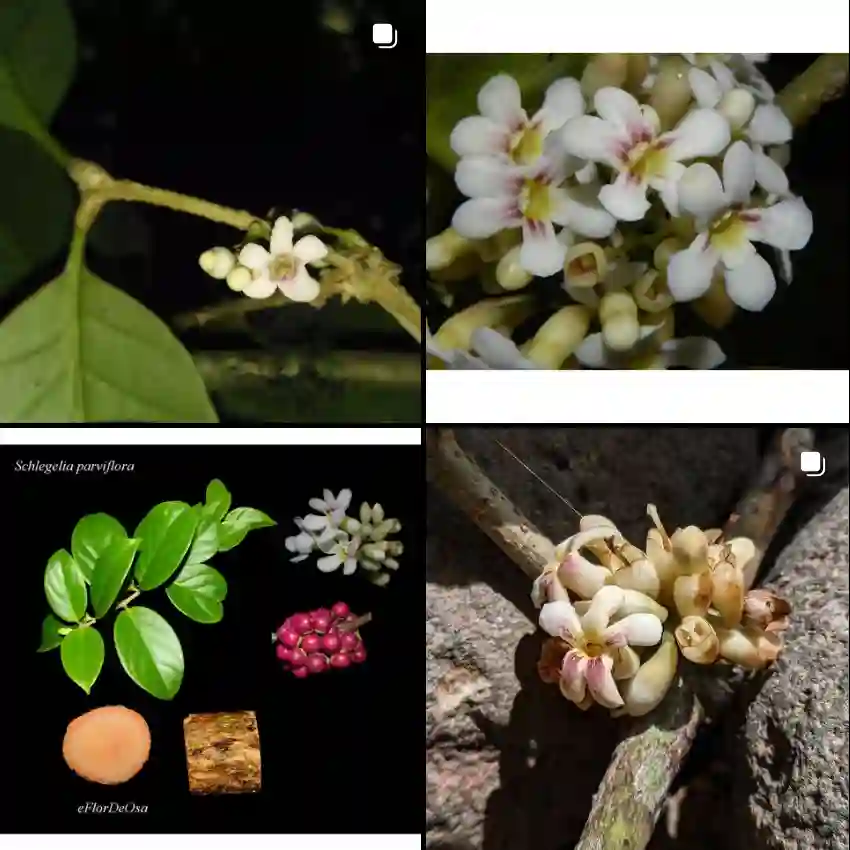
February 3 – Borago
"February 3 belongs to Borago, the starflower."
Borago’s blue, star-shaped blooms symbolize courage and positivity. Like this plant, you bring hope and joy wherever you go. Your cheerful spirit lights up even the gloomiest days.
Borago: A Starry Encounter
My name is Ferb Vu, and I’ve always been drawn to the unique and the beautiful in the natural world. There’s something captivating about stumbling upon a plant that is both visually striking and historically rich. That’s precisely what happened when I first encountered the genus Borago. With their vibrant blue, star-shaped flowers and rich history of culinary and medicinal uses, these plants quickly became a favorite.
What is Borago?
Borago is a small genus of flowering plants belonging to the family Boraginaceae. Native to the Mediterranean region, these herbaceous annuals and perennials are easily recognized by their hairy leaves and distinctive flowers with five pointed petals. While the genus comprises only a handful of species, its most famous member, Borago officinalis (commonly known as borage), has achieved worldwide recognition.
Species within the Genus Borago
The genus Borago is currently considered to include the following species:
- Borago officinalis L. (Common Borage)
- Borago longifolia Poir.
- Borago pygmaea (DC.) Chater & Greuter
- Borago trabutii Maire
- Borago morisiana Bigazzi & Ricceri
A Closer Look at Borago officinalis
Borago officinalis, or common borage, is the species I’m most familiar with. It’s an annual plant that can grow up to 80 centimeters tall. Its leaves are oval-shaped and covered in fine hairs, giving them a slightly rough texture. But it’s the flowers that truly steal the show. They are a stunning shade of blue, although occasionally you might find varieties with white or pink blooms. These star-shaped flowers are not only beautiful but also edible, often used as a garnish in salads or desserts.
Historical and Modern Uses of Borago
Borago has a long and fascinating history of use, dating back to ancient times. Both the leaves and flowers of Borago officinalis have been utilized for culinary and medicinal purposes.
- Culinary Uses: The young leaves of borage have a cucumber-like flavor and can be added to salads, soups, and sauces. The flowers, with their slightly sweet taste, make a beautiful and edible garnish.
- Medicinal Uses: Traditionally, borage was believed to have a range of medicinal properties. It was used to treat various ailments, including fever, respiratory problems, and skin conditions. Modern research suggests that borage seed oil, rich in gamma-linolenic acid (GLA), may have anti-inflammatory properties and potential benefits for skin health.
Growing Borago
One of the things I appreciate about Borago is its ease of cultivation. These plants are relatively low-maintenance and can thrive in a variety of conditions. Here are a few tips for growing Borago officinalis:
- Sunlight: Borage prefers full sun but can tolerate partial shade.
- Soil: Well-drained soil is essential.
- Watering: Water regularly, especially during dry periods.
- Propagation: Borage can be easily grown from seed.
My Personal Experience with Borago
I’ve grown Borago officinalis in my own garden, and I’ve been consistently impressed by its resilience and beauty. The plants readily self-seed, ensuring a continuous display of those captivating blue flowers year after year. I enjoy adding the young leaves to salads for a refreshing cucumber-like taste, and the flowers always make a stunning garnish for summer dishes.
Beyond its culinary and aesthetic appeal, I find Borago to be a valuable addition to my garden for its ability to attract pollinators. Bees and butterflies seem particularly drawn to the vibrant blue flowers, contributing to the overall biodiversity of my garden.
Concluding Thoughts
My exploration of the genus Borago has been a rewarding journey. From the striking beauty of its star-shaped flowers to its rich history and diverse uses, Borago has proven to be a fascinating and valuable plant. Whether you’re a gardener, a cook, or simply someone who appreciates the wonders of the natural world, I highly recommend getting to know Borago. You might just find yourself as captivated by these starry blooms as I am.
If i die, water my plants!



